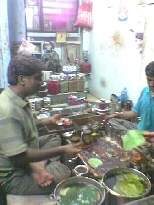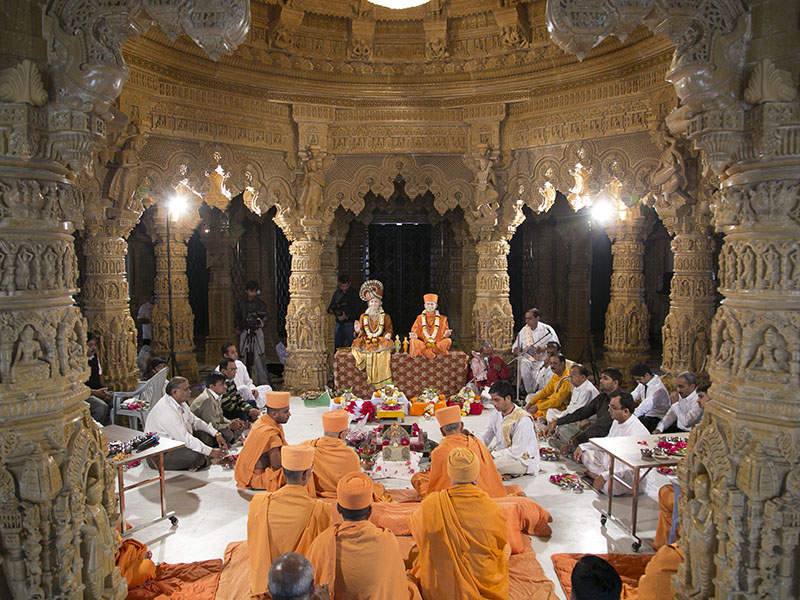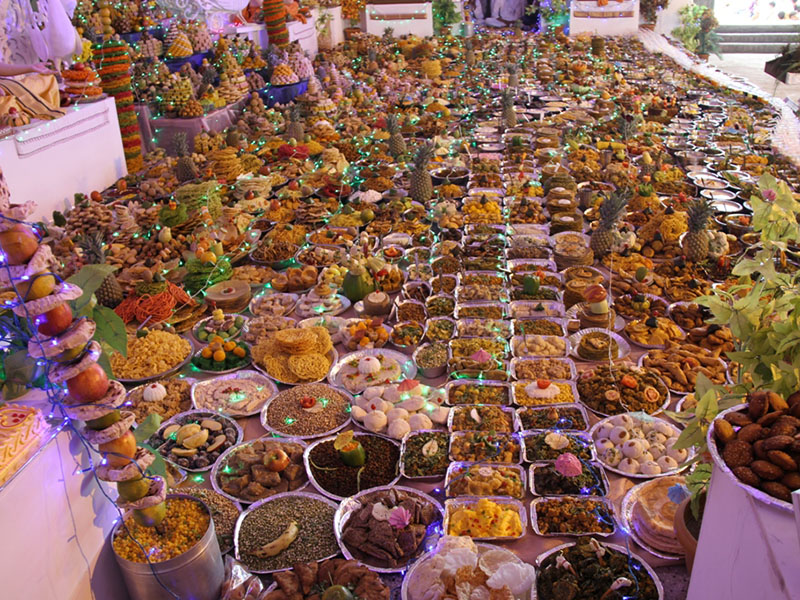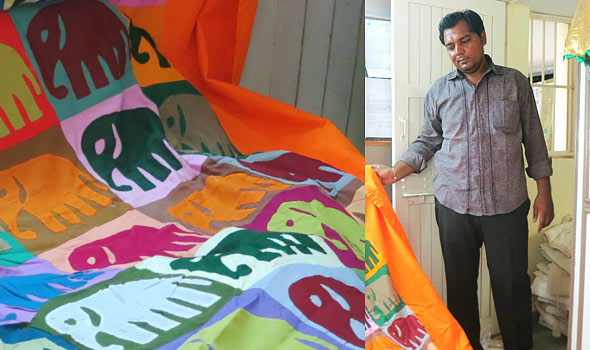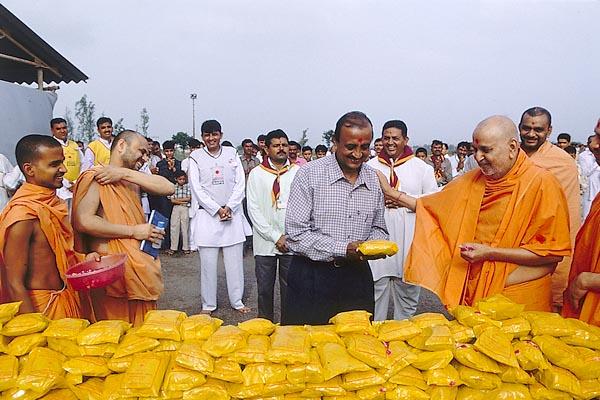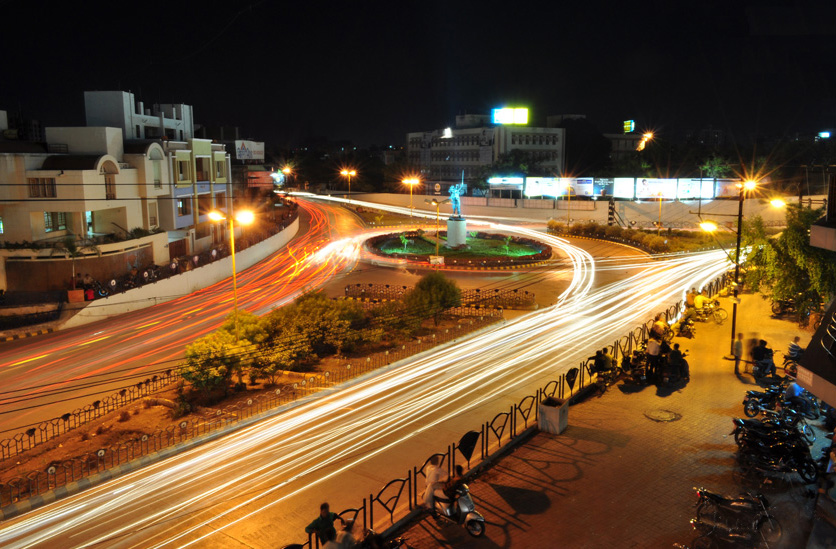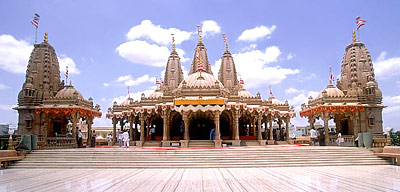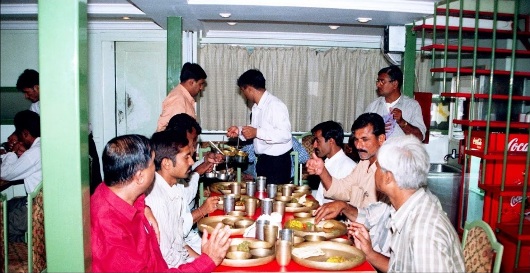- Area: 68.34 mi²
- Weather: 84°F (29°C), Wind SW at 7 mph (11 km/h), 79% Humidity
- Hotels: 3-star averaging $20, 5-star averaging $60. View hotels
- Local time: Sunday 7:32 PM
- Government body: Gandhinagar Municipal Corporation
In the 13th century, King Pethasinh of Pethapur, ruled over Shertha town. After the death of Pethasinh, the Sultanate of Patan used this land as battle ground. Sultan Ahmed Shah decided to move his capital from Patan to a new city, and built Ahmedabad. In 1960, Bombay state was split in two different states, Gujarat and Maharashtra. Ahmedabad became capital of Gujarat, and a new capital city was to be built on land which was once part of Pethapur state.
The new capital city was planned by Chief Architect H.K. Mewada, educated at Cornell University, and his assistant Prakash M Apte. Both Mewada, and Apte had worked as trainees under legendary architect Le Corbusier in the Chandigarh Project in the 1950s. Gandhinagar's streets are numbered, and have cross streets named for letters of theGujarati alphabet (e.g., "k", "kh", "g", "gh", "ch", "chh", "j"). All streets cross every kilometre, and at every crossing traffic circles decrease the speed of traffic.
The city has developed in four distinct phases:
- Phase 1: After the city's infrastructure was completed in 1970, and until 1980, it was known as 'Gandhian City,' since it was based on Gandhi's concepts and principles.
- Phase 2: Between 1980 and 1990, a time of low pollution, it was known as 'Unpolluted City'.
- Phase 3: After 1990, many trees were planted, and the city became the 'Green City.'
- Phase 4: In 2002, Gujarat's Chief Minister, Narendra Modi, proposed a new, triple focus for the city: it should be green, It should use solar energy, and It should be cosmopolitan.
The new city is linked with Ahmedabad on the south by a direct road, having a straight alignment and a right of way 91.44 metres (300.0 ft) wide between the proposed capital and the railway station of Khodiar about ten kilometres (six miles) to the west.
This road was proposed to be extended further to the south to join the State Highway at Surkhej near Ahmedabad. A road over bridge was to be provided at the crossing of this road and the Ahmedabad Delhi metre gauge line at Khodiar. Thus, traffic from Saurashtra area could directly come to Gandhinagar without going through Ahmedabad. The road link to Khodiar also connects the new city with Ahmedabad-Mount Abu State Highway. The site is connected to National Highway No, 8 (Bombay-Delhi) across the river by 5 km (3.1 mi) link road.
The alignment of the proposed extension of the broad-gauge railway from Sabarmati to the Fertiliser Complex at Saij near Kalol and also to the thermal power station installed in the industrial area in Gandhinagar, was to run along the western boundary of the township. It was proposed to have a railway station in the centre along the western boundary of the township. The railway line was to run under proposed road over bridge at Khodiar and where it crosses the Ahmedabad-Kalol State Highway, there was to be a road over bridge. The new city was thus very well linked by road, rail and air with.all parts of the state and the country.
- Akshardham Temple in Gandhinagar is a temple built of pink stones with carvings. It is surrounded by gardens and fountains.
- GIFT City Tower(Tallest Building of Gujarat): This state-of-the-art, 28-storied structure is the first tower to be to built within the Gujarat International Finance Tec-City (GIFT) that is being planned as a global hub for financial services. Over 215,000 square feet of glass, about 7,000 metric tonnes of steel and 50,000 cubic metres of concrete have been used to build the state's tallest building, which was completed in 14 months and inaugurated by Chief Minister Narendra Modi in January 2013.
- Adalaj Stepwell 18 km south of Gandhinagar. The well was built in 1499 A.D. by Queen Rudabai. The step well or Vav, as it is called in Gujarati, is intricately carved and is several stories in depth. The designs on its walls and pillars include, leaves, flowers, birds, fish and other ornamental designs.
- Sarita Udyan on the bank of River Sabarmati, is a garden with a view of the river. It has a botanical garden.
- Deer Park (Indroda Park) is a large area containing various sections such as a Jurassic Park theme, deer park, snake park, birds park etc. Deer Park is also known as GEER Foundation Park or Indroda Park as it is located in a village named Indroda. It contains Dinosaurs Park where huge statues of different Dinosaurs are kept with a detailed explanation. Snake park contains various local snakes available in and around Gujarat. Birds are free to fly in a big enclosed bird park. There is also an aquarium.
- Mahatma Mandir: The Mahatma Mandir is located at sector 13. It is named as Mahatma Mandir but is not a temple. It is exibitory area of the economic and industrial development of the state similar to that of Pragati Maidain in New Delhi. The project is to be developed in two phases:
1. Phase 1 will be completed by December 2010 which will host "Vibrant Gujarat 2011". It includes construction of museum, foods court, convention center, exhibition center, service building, landscaping and pathway.
2. Phase 2 will be completed by December 2011. It includes construction of suspension bridge, open-air theatre, parking facilities, landscaping, and salt mound.
- Children's Park in Sector-28: Children's Park is a major attraction for children and holiday makers. The Children's Park has a mini train and a lake with boating facilities. It also in houses an amusement park/tricycle ground for children as well as adults with amusement rides like moon walker, brake dance etc.
- Punit Van, a botanical garden in sector 19 is a garden containing a fusion of Botanical Garden depending on Zodiac signs and an Amphitheater. Chinese Kung fu is taught in Gandhinagar. That is first time in all over India.
- Craftsmen's Village in Pethapur
- GH-4 Circle and Central Vista
- Rupal Village (pronc. Ru'paal), Known for "Palli : Rath of Maa Vardayini (Hindu Goddess)", It is celebrated on the 8th day during "Navaratri" festival. It has its own charm when you see the "Paali" (Rath of Maa Vardayini) pass through the village streets. People come from all over the country to get the blessings of Maa Varadayini. "palli"is made of wood of tree Khijada and prepared on the same day, which makes it Sacred, which is built by the Villagers only. Ghee (clarified butter) is used as prasad (Food for Good), which is poured on the Palli by the Devotees in huge amount. Gathering of devotees on the festival is approximately above 5,00,00 and is growing year by year.

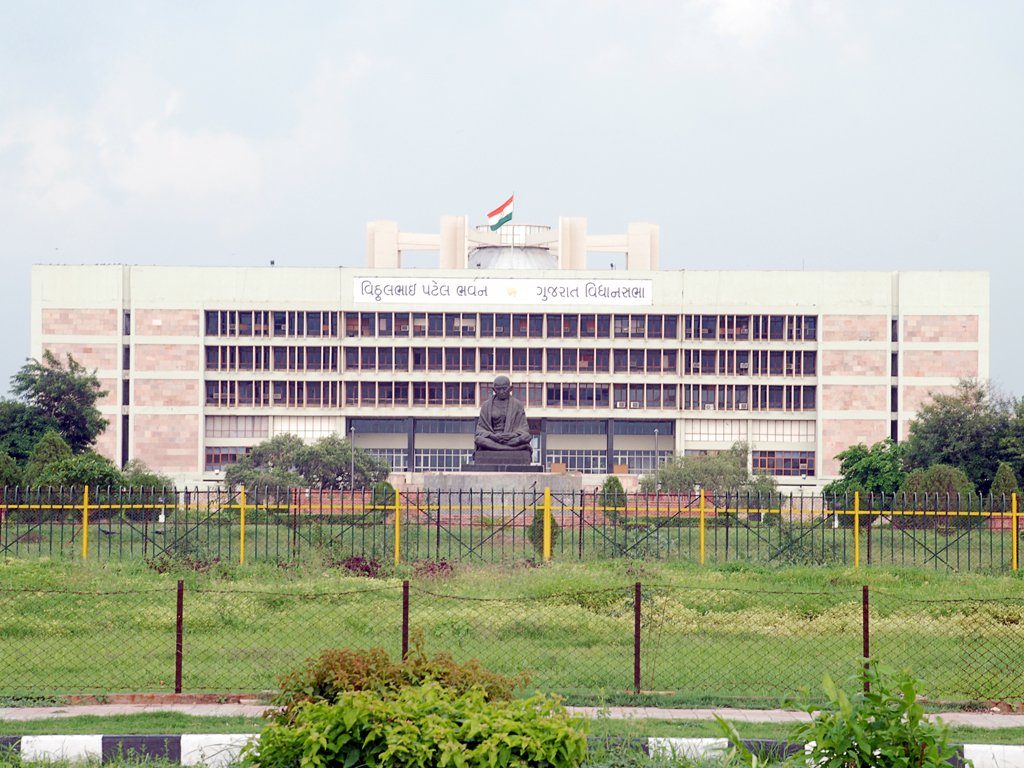

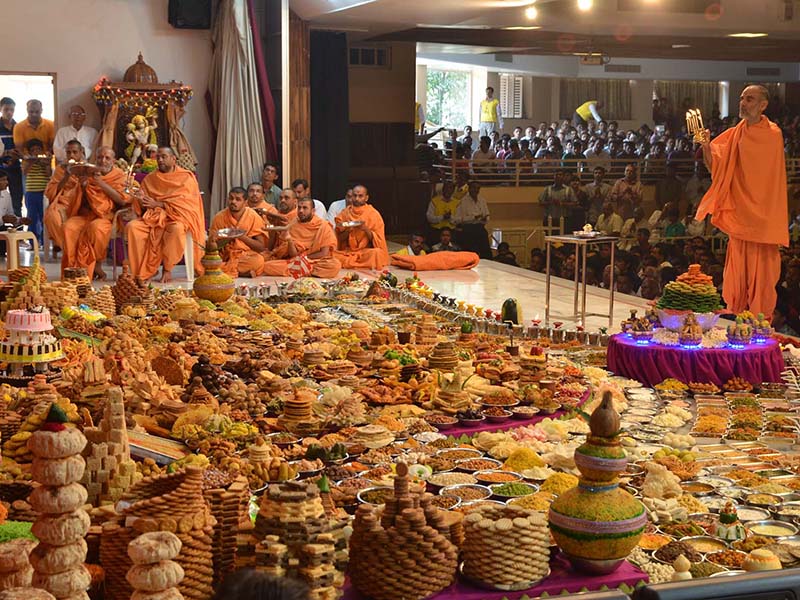






Information from Wikipedia and image from google image
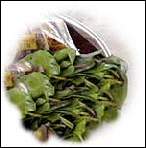
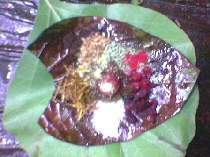 The Different types of paans are:
The Different types of paans are: